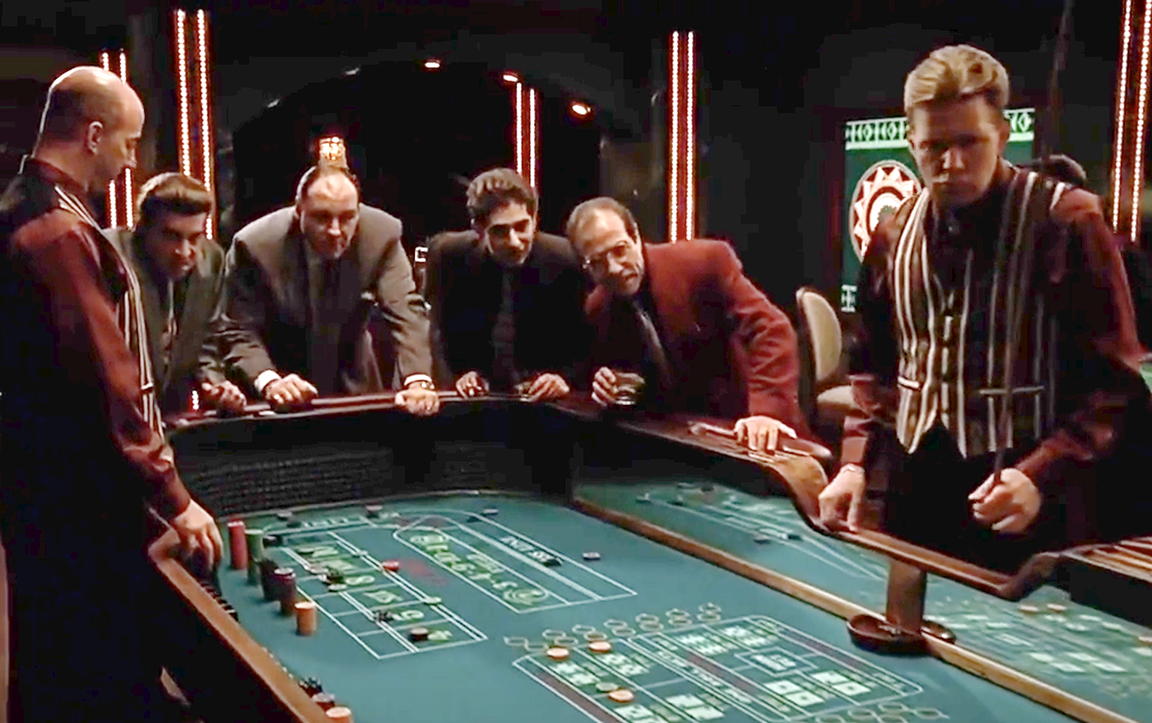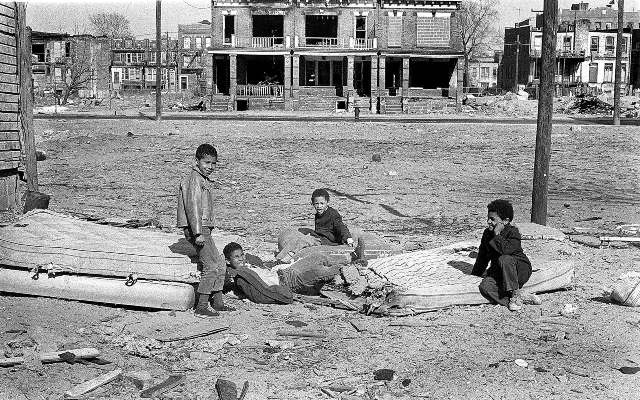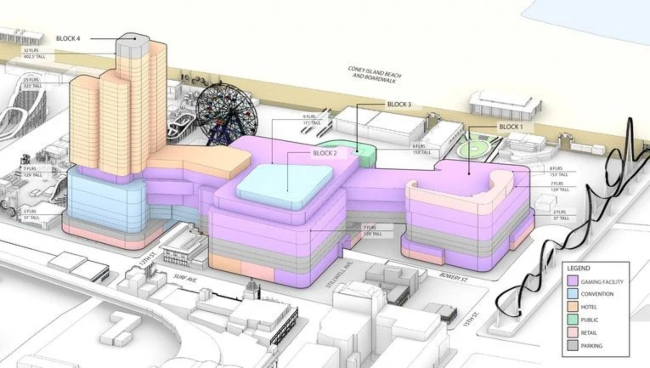
The never-ending intrigue surrounding the Coney Casino project is beginning to resemble an episode of The Sopranos. Patricia Lynch, a notoriously shady Albany lobbyist hired by the Coney Casino crew, is targeting Coney Island’s Councilmember Justin Brannan, allegedly trying to turn him into another shill for the ill-conceived Coney Casino real estate deal.
Lynch is running an “independent expenditure committee” with assets of up to $100,000 provided by casino developer Thor Equities to support the campaign of Justin Brannan who’s running for New York City Comptroller. She’s also reportedly receiving $25,000 a month as the casino’s lobbyist.
That means that Brannan could be getting in bed with a lobbyist who in 2010 was implicated in a scheme to “arrange campaign contributions, gifts and even a job to gain access to Alan G. Hevesi, then the state comptroller, on behalf of clients seeking investments from the multibillion-dollar state pension fund,” as reported by the New York Times.
After the New York State Attorney General’s investigation into her shady practices, Lynch was banned from interacting with or contacting the New York State comptroller for a five-year period, and had to pay a $500,000 fine as punishment for what was part of a “pay-to-play” scheme. Now, years later, Lynch is at it again.
With Lynch’s formation of a Brannan campaign committee, the casino crew isn’t hoping to “buy” only Brannan’s vote on the Coney Casino. They're hoping to influence the votes of the entire City Council because the council has a practice of “member deference” and usually follows the vote of the local councilmember. In other words, if Brannan supports the casino, the council will probably approve the casino’s request for an amendment that paves the way for demapping Coney Island streets for the casino.
Brannan has been slippery about whether he supports the casino plan. In a recent blaze of hypocrisy, Brannan filmed a campaign video that shows him in Coney Island’s Wonder Wheel Park and Luna Park using rides as backdrops. Both of these Coney Island businesses have come out strongly against the casino project and fear that the project’s years-long construction and operation will put them out of business. The Wonder Wheel and Luna Park have spent years recovering from Hurricane Sandy and the COVID pandemic closures. The owners have spent millions improving their parks only to find that a term-limited councilman could care less if they survive.
In May 2025 when I asked Brannan if he was supporting the casino, he said, “it’s not gonna happen, but I’m gonna let the process play out.” Brannan knows that the casino bid is a long shot but wants to keep up appearances while collecting campaign funds.
Two former councilmembers have already been hired and have spent two years as paid shills for the Coney Casino, portraying the project as if it were some sort of charity that will benefit the community. Will Brannan soon be joining them on the casino payroll? If this project is such a great idea, why does it need so much lobbying? As always, there’s is a very thin line that separates “lobbying” and “quid pro quo.”
Watch the Sopranos episodes about the New Jersey Esplanade real estate deal and find out how Tony dealt with shady Assemblyman Ronald Zellman. It doesn’t end well. As far as Lynch is concerned, Tony Soprano would be proud of her.
- Charles Denson

















